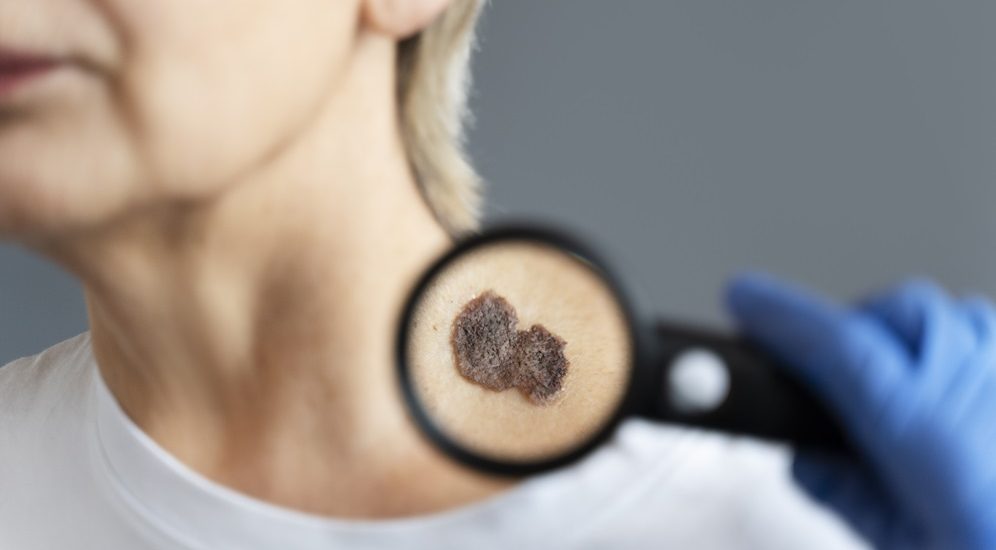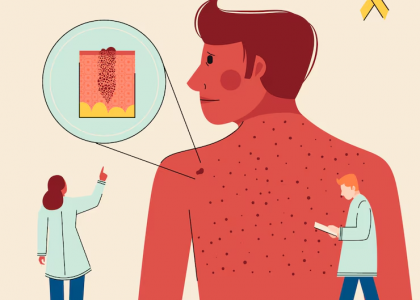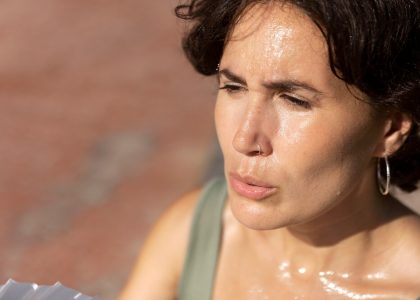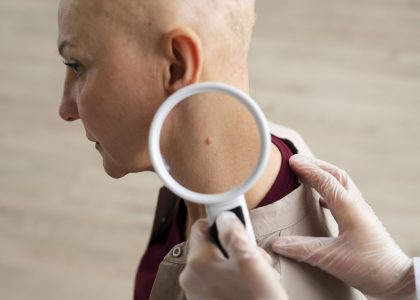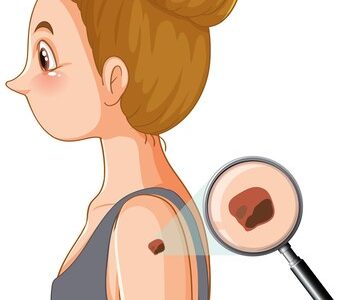Introduction
Skin cancer is one of the most common forms of cancer, especially in countries with high sun exposure, like Australia. The importance of regular skin checks cannot be overstated, as early detection is key to preventing serious health issues and improving survival rates. In this article, we will delve into the significance of skin cancer screening, types of skin cancer, what to expect during a skin check, and how to perform self-examinations.
Why Regular Skin Cancer Checks Are Crucial
Australia has one of the highest rates of skin cancer in the world. The high levels of ultraviolet (UV) radiation, combined with the outdoor lifestyle enjoyed by many Australians, contribute to the increased risk. Early detection of skin cancer can significantly reduce the severity of treatment and increase the likelihood of a positive outcome. This is why regular skin cancer screenings, both self-examinations and professional checks, are so important.
Types of Skin Cancer
There are three main types of skin cancer: melanoma, basal cell carcinoma (BCC), and squamous cell carcinoma (SCC). Each type has its own characteristics, and understanding these differences can help with early detection.
- Melanoma: This is the most dangerous form of skin cancer and can spread to other parts of the body if not detected early. It often appears as a new spot on the skin or an existing mole that changes in shape, size, or colour. Melanomas can develop anywhere on the body, including areas that are not typically exposed to the sun.
- Basal Cell Carcinoma (BCC): BCC is the most common form of skin cancer but is usually less dangerous than melanoma. It often appears as a small, shiny bump or a red patch on areas of the skin that receive a lot of sun exposure. BCC rarely spreads to other parts of the body but can cause significant local damage if left untreated.
- Squamous Cell Carcinoma (SCC): SCC is the second most common form of skin cancer and typically appears as a thick, scaly patch on the skin. It can develop into large masses and may spread to other parts of the body if not treated promptly.
What to Expect During a Skin Cancer Check
During a professional skin cancer check, a trained healthcare professional will examine your entire body for any suspicious moles, spots, or lesions. The process is usually quick and painless. Here’s what you can expect:
- Visual Examination: The doctor will carefully inspect your skin, looking for any irregularities or changes in existing moles. Areas of concern may include asymmetry, irregular borders, uneven colour, or changes in size.
- Dermatoscopy: In some cases, the doctor may use a dermatoscope, a special magnifying and lighting tool that allows for a more detailed examination of your skin. This can help differentiate between benign and malignant lesions.
- Biopsy: If the doctor finds a suspicious spot, they may perform a biopsy. This involves removing a small sample of the affected area for further examination under a microscope. A biopsy is the most definitive way to diagnose skin cancer.
- Follow-Up: If a skin cancer diagnosis is confirmed, the next steps will be discussed with you, which may include treatment options and a follow-up plan.
Self-Examinations: Taking Control of Your Skin Health
In addition to professional checks, it is important to perform regular self-examinations. This involves checking your skin from head to toe, paying close attention to areas that are frequently exposed to the sun, such as the face, neck, arms, and legs. However, don’t forget to examine less obvious areas like your scalp, the soles of your feet, and under your nails.
Here are some tips for conducting a thorough self-examination:
- Use a Mirror: Use both a hand-held and full-length mirror to check hard-to-see areas, like your back and the back of your legs.
- Know Your Skin: Familiarise yourself with your existing moles, freckles, and spots so that you can notice any changes over time.
- Look for Changes: Keep an eye out for any new moles or spots, as well as changes in the size, shape, or colour of existing ones.
- Use the ABCDE Rule: This can help you identify potentially dangerous moles:
- Asymmetry: One half of the mole doesn’t match the other.
- Border: The edges are irregular, blurred, or ragged.
- Colour: There’s a variety of colours within the mole, such as different shades of brown, black, red, or white.
- Diameter: The mole is larger than 6mm across.
- Evolving: The mole is changing in size, shape, or colour.
If you notice any concerning changes, it’s important to seek professional advice as soon as possible.
The Role of UV Radiation in Skin Cancer
UV radiation from the sun is the primary cause of skin cancer. This is why skin cancer is more common in parts of the world with high levels of sun exposure. It’s important to protect your skin by wearing sunscreen, covering up with protective clothing, and seeking shade during the peak UV hours of the day (usually between 10 AM and 4 PM).
Australia’s UV index is often high, even on cloudy days, which means your skin can still be at risk. The Cancer Council recommends applying a broad-spectrum sunscreen with an SPF of at least 30, reapplying every two hours, and wearing sunglasses and a wide-brimmed hat.
Skin Cancer in Australia: The Statistics
In Australia, skin cancer accounts for the largest number of cancer diagnoses each year. According to Cancer Council Australia:
- Over 2,000 Australians die from skin cancer each year.
- Approximately 66% of Australians will be diagnosed with skin cancer by the age of 70.
- Around 16,000 cases of melanoma are diagnosed annually.
- Early detection through skin checks can lead to a 90% survival rate for melanoma.
These statistics highlight the importance of regular skin cancer screenings and protective measures.
Conclusion
Regular skin cancer checks are a crucial part of maintaining skin health, especially in regions with high UV exposure. Early detection is key to improving survival rates and reducing the severity of treatment. By combining regular professional skin checks with diligent self-examinations, you can take control of your skin health and protect yourself from the potentially life-threatening effects of skin cancer. Remember, prevention and early detection are your best defences against this common, yet highly treatable disease.


